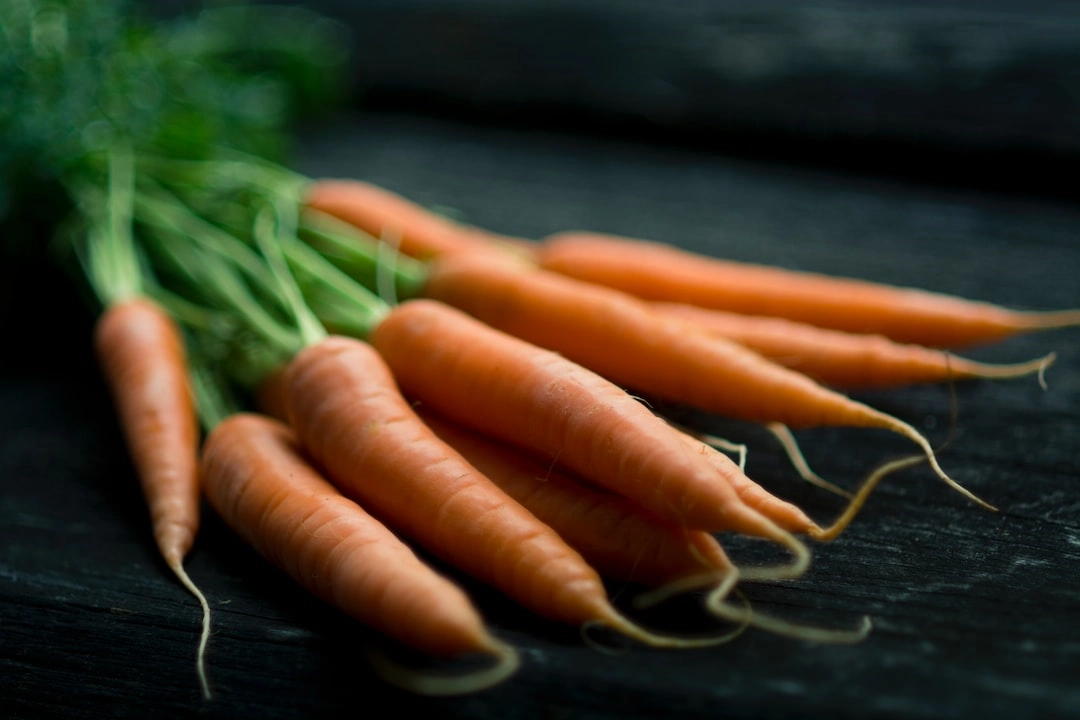
What is the Local Food Movement?
The Local Food Movement is a grassroots initiative that promotes the consumption of food produced within a relatively short distance from where it is consumed. It emphasizes the importance of supporting local farmers, reducing environmental impacts, and building a closer connection between producers and consumers. By opting for local food, individuals can support sustainable agriculture practices and contribute to the overall well-being of their communities.
Real-World Problems Associated with the Local Food Movement
1. Limited Access and Affordability
One of the main challenges facing the Local Food Movement is limited access and affordability for all individuals. In some areas, it can be difficult to find local food options, leading to a reliance on industrialized agriculture and imported produce. Additionally, locally-sourced food may have a higher price point due to smaller-scale production and higher input costs. These limitations can make it challenging for certain populations to participate in the movement and access sustainable and locally-grown food.
2. Seasonality and Variety
Another issue associated with the Local Food Movement is the limited availability of certain foods based on seasonality. Since local farmers rely on natural growing seasons, it may not be possible to find certain crops or varieties year-round. This can pose a challenge for individuals accustomed to a diverse diet or those who rely on imported goods for specific culinary needs. Overcoming these limitations requires a shift in consumer expectations and embracing the idea of eating with the seasons.
3. Distribution and Infrastructure
The distribution and infrastructure of local food systems can also present obstacles. Building the necessary networks and supply chains to efficiently distribute local produce from farmers to consumers requires investment and coordination. Additionally, small-scale farmers might face difficulties in accessing appropriate storage and processing facilities, hindering their ability to meet local demands consistently. Addressing these challenges involves developing collaborations and supporting infrastructure development to enhance the viability and efficiency of local food systems.
4. Consumer Awareness and Education
While the Local Food Movement has gained momentum in recent years, not all consumers are fully aware of its benefits and potential impact. Educating individuals about the environmental benefits, health advantages, and economic contributions of local food systems is crucial to fostering support and participation. Many people may not be aware of the negative consequences associated with conventional agriculture practices or the positive effects that can arise from choosing local and sustainable alternatives.
5. Policy and Regulatory Barriers
Policy and regulatory barriers can be significant hurdles for the Local Food Movement. Zoning restrictions, food safety regulations, and licensing requirements can pose challenges for small-scale farmers, farmers’ markets, and local food businesses. These barriers often favor larger industrialized agriculture operations and limit the growth and development of local food systems. Advocacy and policy reform are necessary to create a more supportive environment for small-scale farmers and facilitate the growth of the Local Food Movement.

Solutions for the Local Food Movement Challenges
1. Increasing Accessibility and Affordability
To address limited access and affordability, local food initiatives can collaborate with community organizations, farmers’ markets, and food co-ops to bring local produce to underserved areas. Implementing subsidies or incentive programs for low-income individuals can help make local food more affordable. Additionally, supporting policies that reduce barriers to entry for small-scale farmers, such as land access programs and funding opportunities, can foster a more robust local food economy.
2. Diversifying Seasonality and Variety
Collaboration between local farmers, chefs, and consumers can help promote the use of diverse local ingredients and seasonal cooking. By embracing seasonal produce and exploring traditional preservation techniques, individuals can learn to enjoy a variety of flavors throughout the year. Encouraging farmers to experiment with different crop varieties and integrated farming systems can also contribute to a wider range of available options within local food systems.
3. Improving Distribution and Infrastructure
Investing in local food infrastructure, such as cold storage facilities and regional distribution networks, can enhance the efficiency and reliability of local food systems. Local food hubs and cooperative networks can provide logistical support for farmers and create more streamlined routes to market. Additionally, partnerships with schools, hospitals, and other large-scale institutions can help establish consistent demand and stable markets for local farmers.
4. Raising Consumer Awareness and Education
Education campaigns focused on the benefits of local food can help raise consumer awareness and encourage more individuals to participate in the movement. This can include initiatives such as community workshops, cooking classes, farm visits, and campaigns to promote the environmental and social impacts of local food consumption. Utilizing social media and online platforms can also amplify messaging and engage a wider audience.
5. Advocating for Policy and Regulatory Reform
Advocacy efforts are essential for influencing policy and regulatory changes that support the growth of local food systems. Supporting legislation that reduces barriers to entry for small-scale farmers, promotes sustainable agricultural practices, and encourages local sourcing in public institutions is crucial. Engaging with local government officials and participating in public hearings or meetings can help shape policies that align with the goals of the Local Food Movement.















